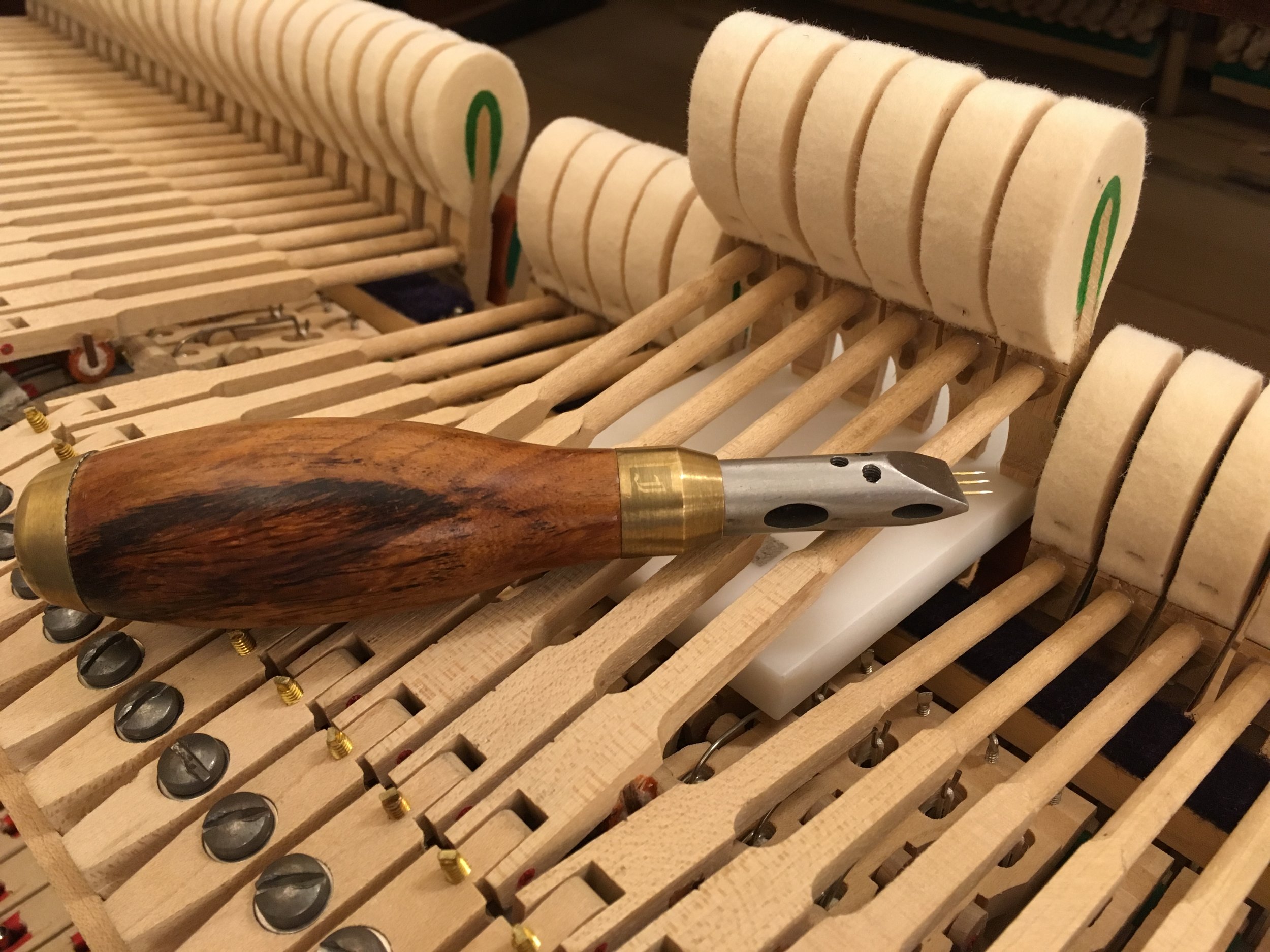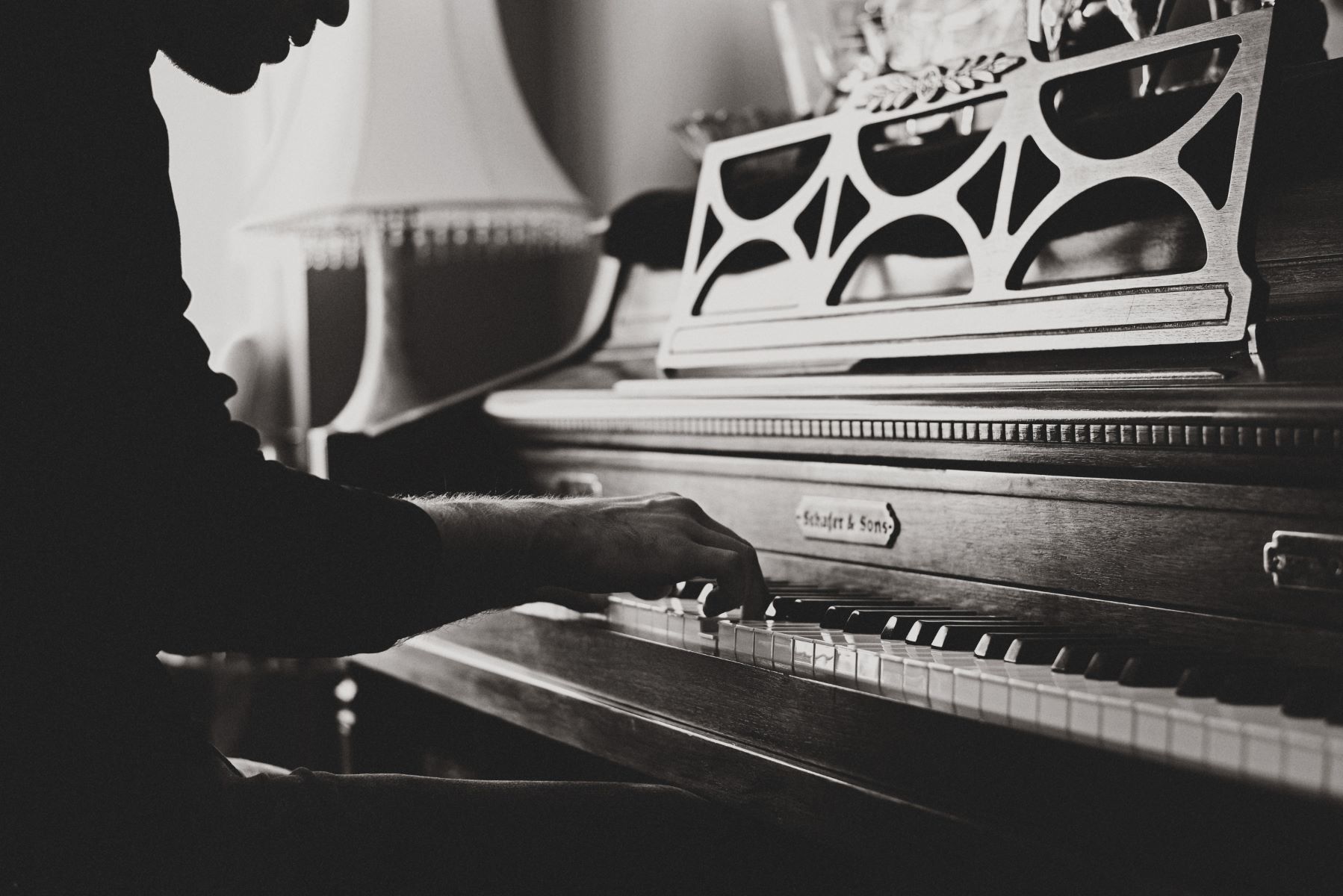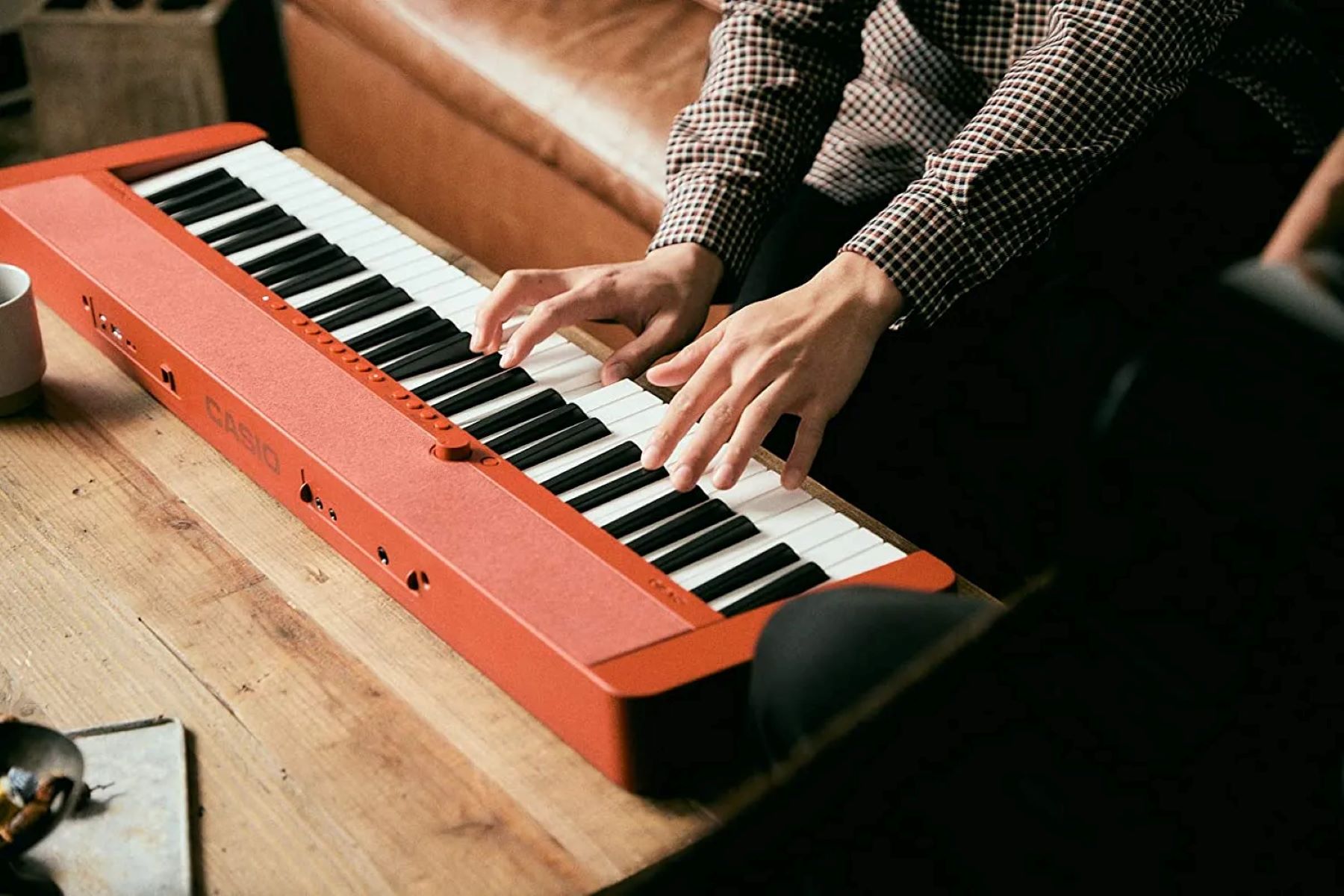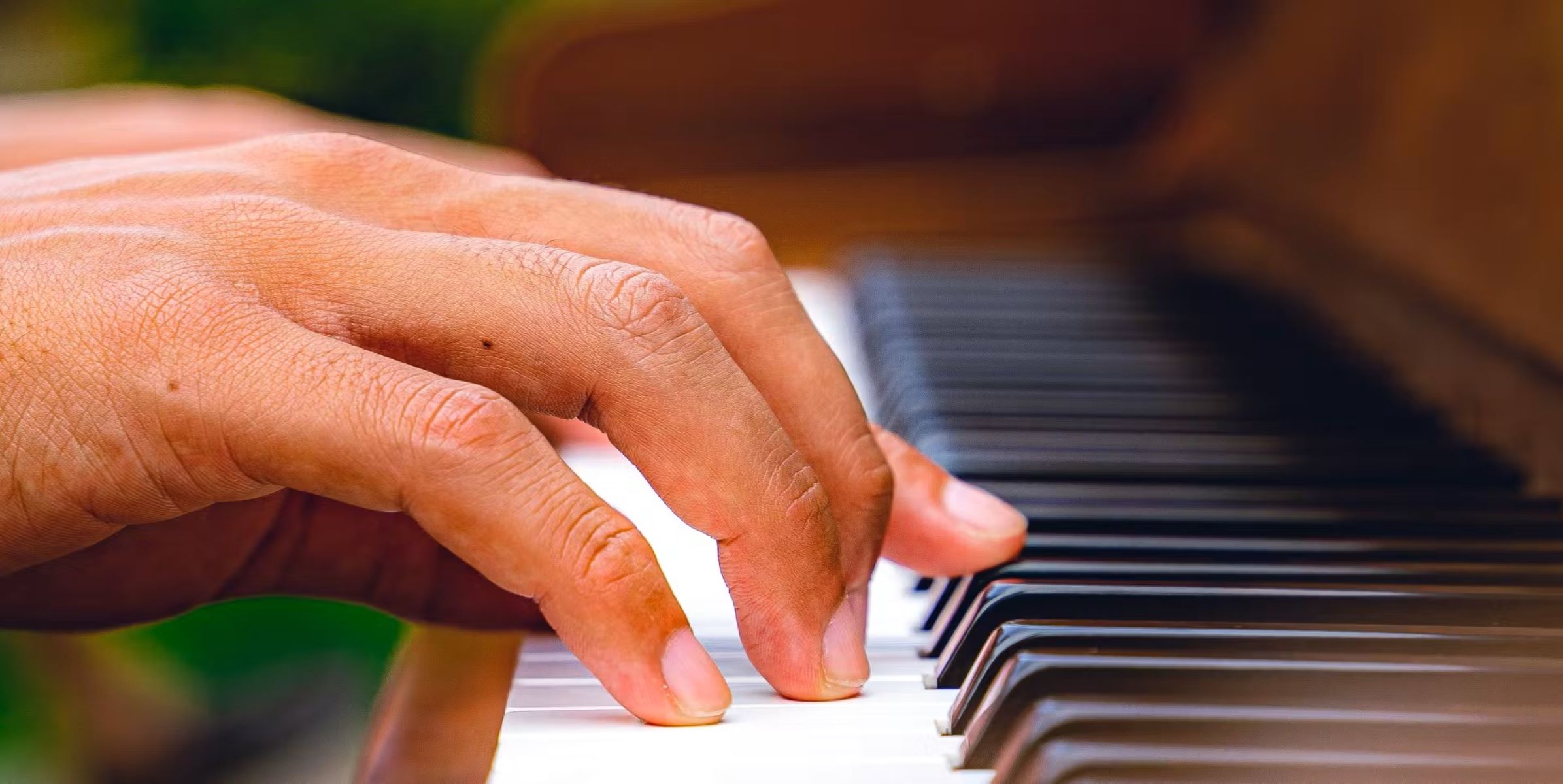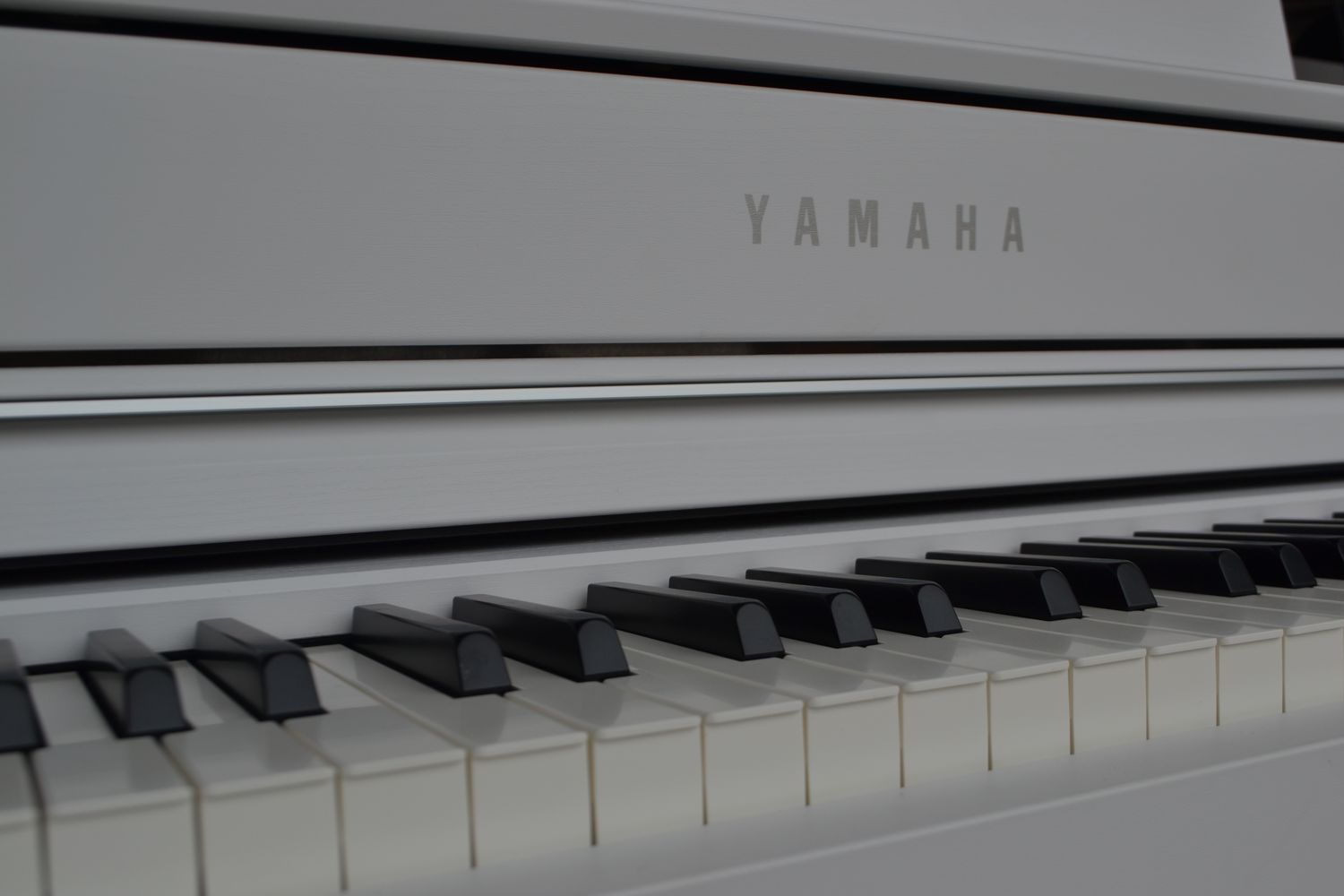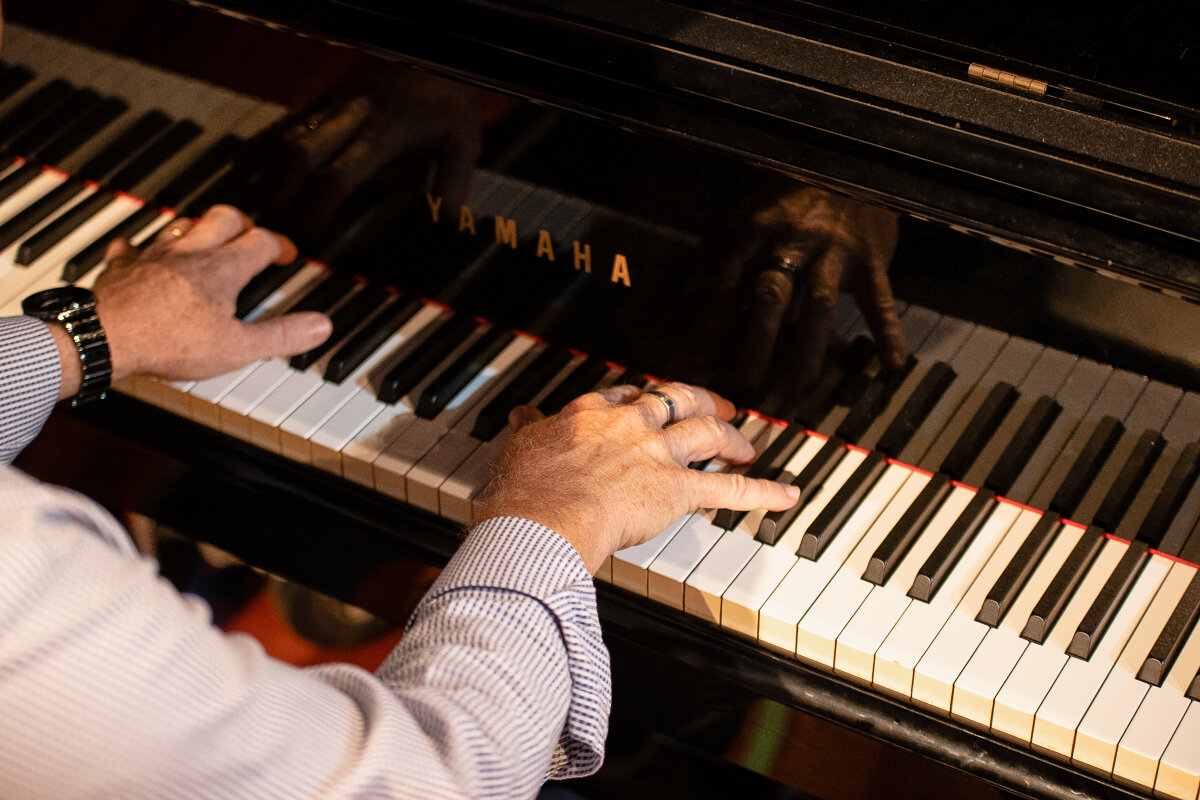Home>Instruments>Piano>What Is A Silent Piano
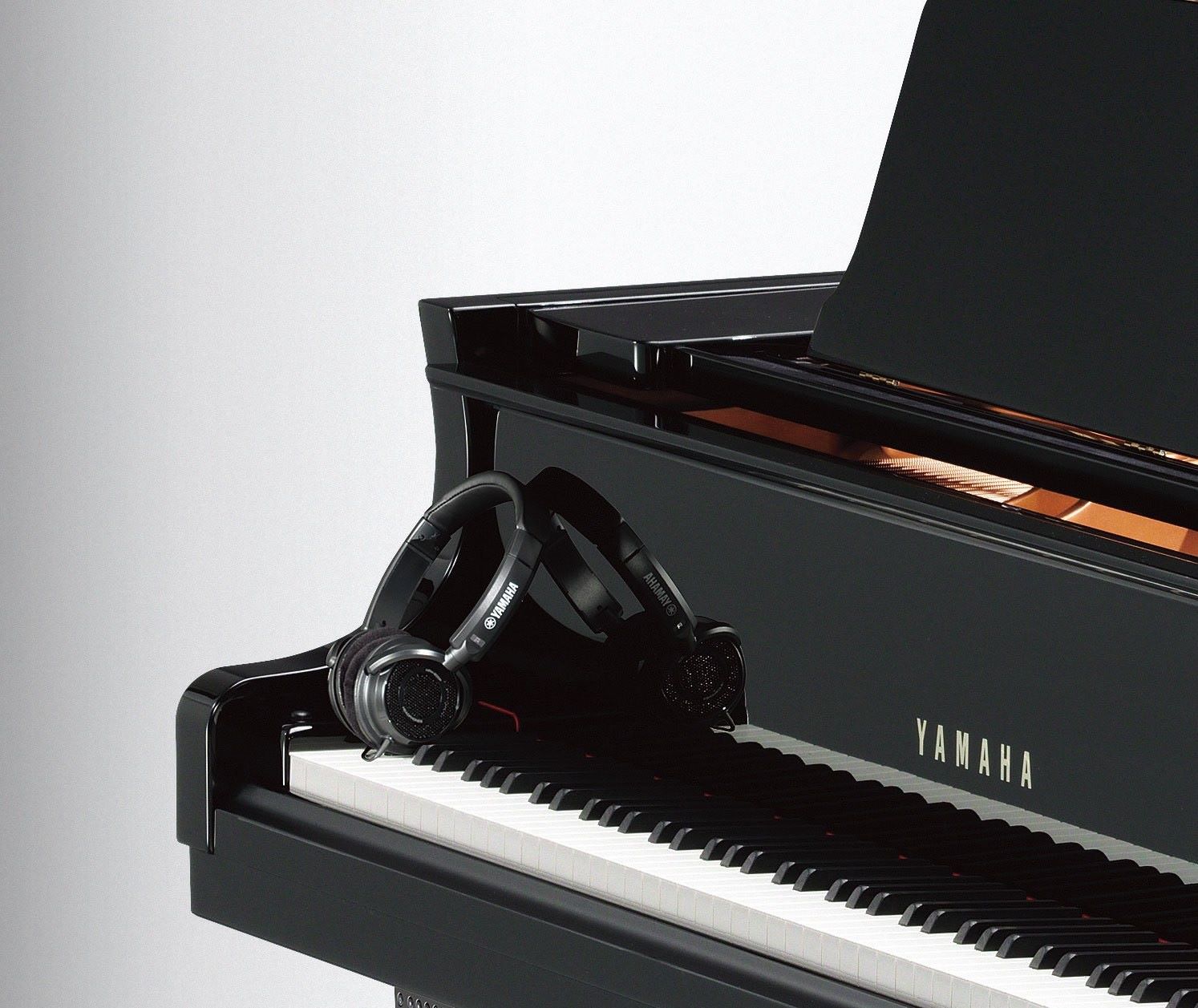

Piano
What Is A Silent Piano
Published: February 11, 2024
Discover the benefits of a silent piano and how it can enhance your playing experience. Explore the features and advantages of this innovative instrument.
(Many of the links in this article redirect to a specific reviewed product. Your purchase of these products through affiliate links helps to generate commission for AudioLover.com, at no extra cost. Learn more)
Table of Contents
Introduction
Introduction
The piano, with its rich history and timeless appeal, has been a beloved instrument for centuries. Its ability to produce a wide range of notes and emotions has made it a staple in various musical genres, from classical to contemporary. However, traditional acoustic pianos have limitations, especially when it comes to practicing or performing in shared spaces. This is where the concept of a silent piano comes into play, offering a modern solution to address these challenges.
Silent pianos combine the elegance and craftsmanship of acoustic pianos with innovative technology, allowing players to enjoy the tactile experience of a traditional piano while also having the option to play silently using headphones. This blend of tradition and innovation has made silent pianos increasingly popular among musicians, educators, and enthusiasts.
In this article, we will delve into the world of silent pianos, exploring their definition, functionality, benefits, and potential drawbacks. Whether you are a seasoned pianist or someone considering bringing a piano into your life, understanding the intricacies of silent pianos can provide valuable insights into the evolving landscape of musical instruments. Let's embark on a journey to uncover the nuances of silent pianos and their impact on the art of playing and experiencing music.
Definition of a Silent Piano
A silent piano, also known as a silent system or a hybrid piano, is a type of acoustic piano equipped with a digital component that enables the instrument to be played silently using headphones. This innovative feature allows pianists to practice, play, and explore musical compositions without disturbing others, making it an ideal choice for home practice, late-night rehearsals, or any environment where sound containment is essential.
At its core, a silent piano retains all the characteristics of a traditional acoustic piano, including a fully functional keyboard action and the use of hammers to strike the strings. However, it incorporates sensors that capture the nuances of the pianist’s keystrokes and pedal movements, converting them into digital signals that can be reproduced through headphones or external speakers. This seamless integration of acoustic and digital elements offers a versatile playing experience, catering to the preferences and needs of diverse musicians.
Furthermore, silent pianos often feature additional digital functionalities, such as recording capabilities, sound customization options, and connectivity to external devices, expanding the creative possibilities for pianists. These integrated digital features complement the acoustic essence of the piano, providing a comprehensive platform for musical expression and exploration.
It’s important to note that the silent system in a piano does not alter its acoustic performance when played without the silencing feature activated. This means that the instrument can function as a traditional acoustic piano, delivering the rich, resonant sound that has defined pianos for centuries. The coexistence of acoustic authenticity and digital innovation distinguishes silent pianos as a compelling choice for musicians seeking a harmonious blend of tradition and modernity.
How a Silent Piano Works
Understanding the inner workings of a silent piano unveils the seamless integration of acoustic and digital technologies that define its functionality. At the heart of a silent piano is a sophisticated sensor system that captures the movements and dynamics of the keys and pedals as the pianist plays. These sensors, often placed beneath the keys and pedals, detect the velocity, pressure, and timing of each keystroke and pedal action, translating them into digital signals in real time.
Once the analog keystrokes and pedal movements are converted into digital data, they are transmitted to a sound module or processor within the piano. This digital component processes the incoming signals, replicating the acoustic piano sound through high-quality samples of acoustic piano tones. These samples are meticulously recorded from renowned acoustic pianos, ensuring that the digital reproduction closely mirrors the tonal characteristics and nuances of traditional pianos.
When the silent mode is activated, the digital signals are routed to the headphones or external speakers, allowing the pianist to hear the reproduced sound without any audible acoustic resonance. This silent mode empowers musicians to practice and perform discreetly, immersing themselves in the music without external sound projection.
Furthermore, silent pianos often offer a range of customizable features through their digital interfaces. Pianists can adjust the volume, tone, and reverb settings to tailor the sound to their preferences, creating a personalized playing experience. Some models also incorporate recording capabilities, enabling musicians to capture their performances digitally and explore creative possibilities through audio manipulation and sharing.
It’s important to emphasize that the acoustic integrity of the piano remains intact when the silent mode is disengaged. This means that the instrument can be played in its traditional acoustic form, resonating with the rich, organic tones that define acoustic pianos. The seamless transition between acoustic and silent modes underscores the versatility and adaptability of silent pianos, catering to the dynamic needs of pianists across various musical contexts.
Benefits of a Silent Piano
Silent pianos offer a myriad of advantages that cater to the diverse needs and preferences of pianists, educators, and music enthusiasts. These benefits underscore the transformative impact of silent pianos on the practice, performance, and overall musical experience. Here are some key advantages of incorporating a silent piano into your musical journey:
- Practice Flexibility: With a silent piano, musicians can practice at any time of the day or night without concerns about disturbing others. This flexibility is particularly valuable for individuals with busy schedules or those residing in shared living spaces, enabling uninterrupted practice sessions and creative exploration.
- Enhanced Focus: The ability to play silently with headphones fosters a heightened sense of focus and immersion in the music. Pianists can delve into intricate passages and expressive nuances without external distractions, leading to a more concentrated and productive practice environment.
- Expanded Repertoire Exploration: Silent pianos often feature a diverse array of instrument sounds, including various piano tones, orchestral instruments, and digital effects. This expansive sonic palette encourages musicians to explore new genres, experiment with different sounds, and expand their musical horizons beyond traditional piano repertoire.
- Recording Capabilities: Many silent pianos are equipped with built-in recording functions, allowing pianists to capture their performances with ease. This feature facilitates self-assessment, artistic development, and the sharing of musical creations with a wider audience.
- Connectivity and Integration: Silent pianos may offer connectivity options for seamless integration with external devices, such as computers, tablets, and audio interfaces. This connectivity enhances the possibilities for music production, collaboration, and integration of interactive learning tools.
- Preservation of Acoustic Integrity: When played without the silent mode activated, silent pianos deliver the authentic acoustic resonance and touch responsiveness of traditional acoustic pianos. This preservation of acoustic integrity ensures that pianists can experience the timeless allure of acoustic piano performance.
These benefits collectively contribute to a dynamic and enriching musical journey, empowering pianists to engage with their craft in innovative and inspiring ways. Whether for personal practice, educational settings, or collaborative endeavors, silent pianos serve as versatile companions for musical expression and growth.
Drawbacks of a Silent Piano
While silent pianos offer a wealth of advantages, it is important to acknowledge the potential drawbacks associated with these innovative instruments. Understanding these limitations can provide a comprehensive perspective for individuals considering the adoption of a silent piano into their musical environment. Here are some noteworthy drawbacks to consider:
- Initial Cost: Silent pianos typically involve a higher initial investment compared to traditional acoustic pianos due to the integration of digital components and advanced technology. This upfront cost may present a financial barrier for some musicians or institutions.
- Maintenance and Repairs: The digital components of silent pianos require periodic maintenance and potential repairs, adding an additional layer of complexity to the instrument’s upkeep. This can lead to increased maintenance costs and the need for specialized technical expertise.
- Technological Dependence: Silent pianos rely on digital technology for their silent playing capabilities, which introduces a level of technological dependence. Issues related to software updates, compatibility, or hardware malfunctions may impact the seamless operation of the instrument.
- Adaptation Period: Pianists transitioning from traditional acoustic pianos to silent pianos may experience an initial adaptation period due to the differences in touch sensitivity and response. Acclimating to the nuances of the digital interface and sound reproduction can require time and adjustment.
- Complexity of Features: The array of digital features and customization options in silent pianos may present a learning curve for some users. Navigating through various settings, sound libraries, and recording functions can be overwhelming for individuals seeking a straightforward playing experience.
- Sound Projection Limitations: While silent pianos excel in providing discreet playing options, they may have limitations in sound projection compared to traditional acoustic pianos. This can impact the instrument’s suitability for larger performance venues or ensemble settings.
By acknowledging these drawbacks, individuals can make informed decisions regarding the integration of silent pianos into their musical endeavors. While these considerations highlight potential challenges, the transformative capabilities and innovative features of silent pianos continue to resonate with musicians seeking versatile and immersive musical experiences.
Conclusion
The evolution of silent pianos represents a harmonious fusion of tradition and innovation, offering musicians a multifaceted platform for artistic expression, practice, and performance. As we conclude our exploration of silent pianos, it becomes evident that these instruments have redefined the boundaries of piano playing, catering to the evolving needs and aspirations of pianists across diverse musical landscapes.
From their seamless integration of acoustic authenticity and digital versatility to the transformative impact on practice flexibility and creative exploration, silent pianos have emerged as compelling companions for musicians at various stages of their musical journey. The ability to practice discreetly, delve into expansive soundscapes, and preserve the timeless allure of acoustic piano performance underscores the profound influence of silent pianos on the art of piano playing.
While silent pianos present certain drawbacks, such as initial cost and technological dependencies, their benefits far outweigh these considerations, offering a gateway to immersive musical experiences and boundless creative possibilities. The adaptability of silent pianos to modern lifestyles, educational settings, and collaborative endeavors positions them as invaluable assets in the contemporary musical landscape.
As technology continues to intersect with musical craftsmanship, silent pianos stand as a testament to the enduring legacy of the piano as an instrument of profound beauty and expression. Whether in the quiet solitude of a practice room, the collaborative energy of a recording studio, or the captivating ambiance of a performance venue, silent pianos resonate with the aspirations and inspirations of musicians seeking to embark on a transformative musical odyssey.
In embracing the nuances of silent pianos, we embrace a symphony of tradition and innovation, uniting the timeless elegance of acoustic pianos with the dynamic possibilities of digital exploration. As we navigate the ever-evolving landscape of musical instruments, silent pianos stand as a testament to the enduring power of music to transcend boundaries, ignite creativity, and enrich the human experience.


